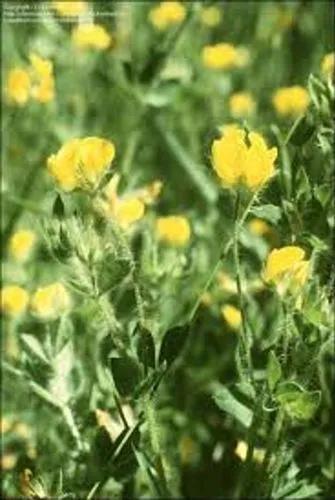Peas are one of the first crops we plant in the spring. The taste of garden-grown peas is nothing like what you find in grocery stores; they are nature’s candy off the vine. Plant seeds as soon as the ground can be worked—even if snow falls after you plant them!
Snow Pea Care
Pisum Sativum Var. Saccharatum



How to Care for the Plant

Water

Peas need a deep watering right at the time of planting in order to help them establish themselves in their new home. Provide at least one inch (2.54cm) of water per week and try to keep the soil from drying out completely, checking moisture levels daily.

Pruning

It is important to never remove more than a third of the foliage in any one year and to cut just above a node on the stem.

Fertilizer

Use a fertilizer formulated specifically for your plant. Avoid over-fertilizing and follow the instruction on the label.

Sunlight

Partial sun generally means less than six and more than four hours of sun per day. Plants for partial sun will do well in a location where they receive a break from the sun each day. They like the sun but will not tolerate a full day of it and need at least some shade each day.

Soil

The East window is often considered the best window for houseplants as its cooler than the west window without the dangers of overheating. West windows received full sun for part of the day and bright light for the rest, great for flowering plants.

Temperature

Peas are cool weather plants that will tolerate light frost; however, they don’t perform well when temperatures exceed 75 F. (24 C.).

Container

Whether your potted plants are indoors or outdoors, proper drainage is an essential element to ensure they stay healthy.

Popularity

804 people already have this plant 168 people have added this plant to their wishlists
Discover more plants with the list below
Popular articles






